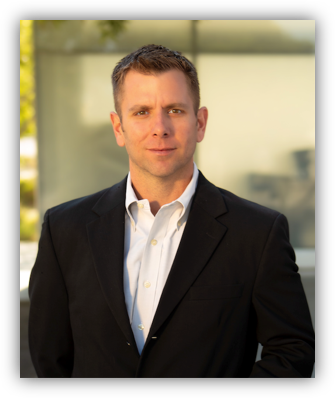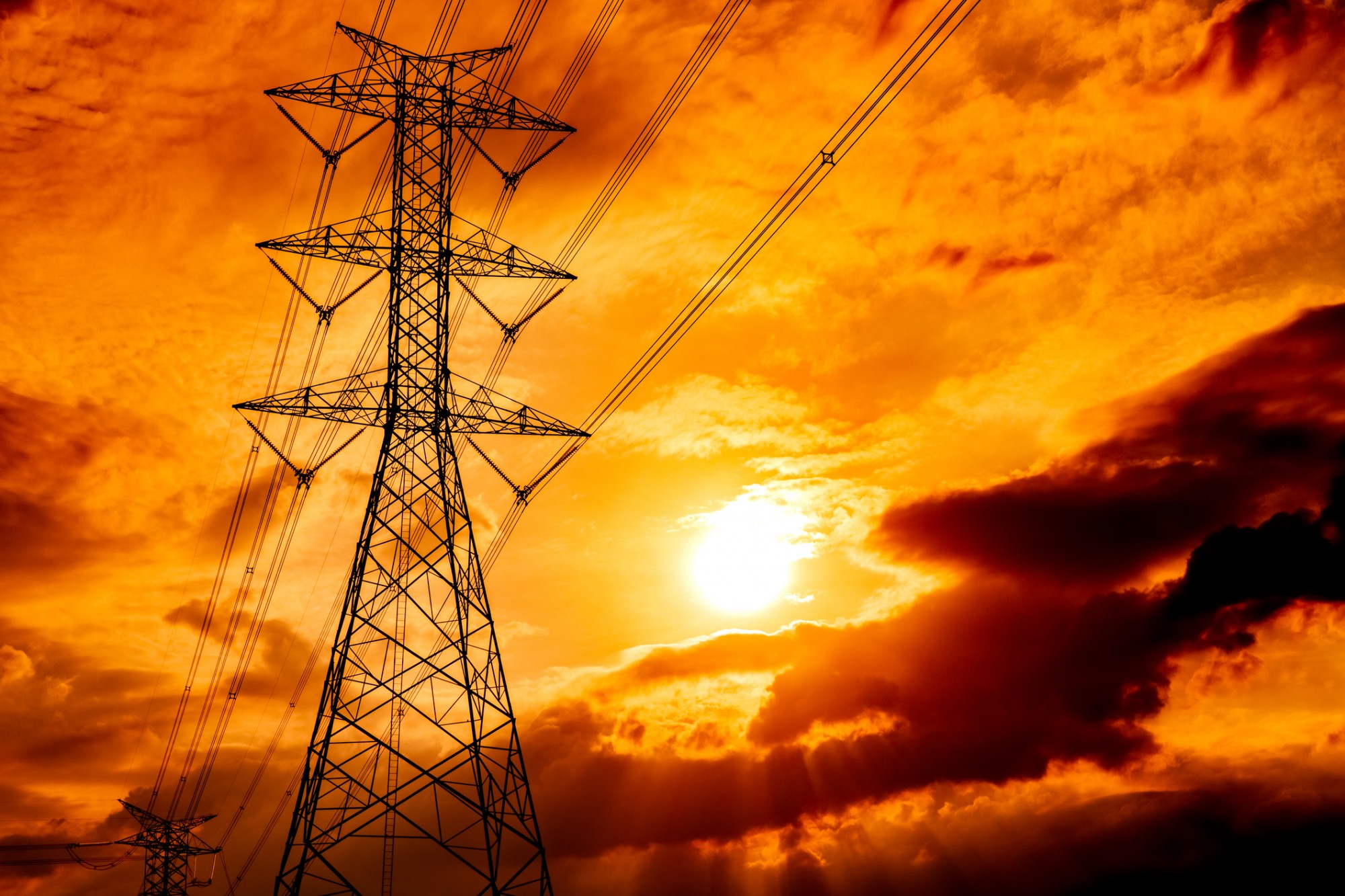Energy Efficiency, GHG Emissions, Solar - September 25, 2023
University of New Mexico's Unique Energy Solution
The following conversation is excerpted from an interview with Matt Cherrin, Vice President of Lobo Energy Incorporated, in Smart Energy Voices Episode 85.
Tell us a little bit about yourself and how you took on this role at Lobo Energy.
I graduated from the University of New Mexico in 2009. I have a master's degree in business and an undergraduate degree in communications. I started as what was at the time called an energy conservation specialist. Basically, we were assigned specific roles for the university to try to find energy conservation measures and then implement them.
I eventually became the manager of the Energy Conservation Specialist team. My current role is Vice President of Lobo Energy, and we do different utility projects for the University of New Mexico. We handle all the rate cases for whenever our local utility provider tries to increase our rates, and we also still run the measurement and verification program, which, I think, has been a true success story for the university.
What is it about the higher ed energy landscape, particularly at the University of New Mexico, that made this idea possible?
We're a 501(c)(3) owned wholly by the Board of Regents of the University of New Mexico, and we fall under the University Research Park Economic Development Act. Basically, legislation allowed higher education to create nonprofit organizations to help with specific economic, sustainability, and a ton of other different metrics of possibilities in the university setting. We have a district energy plant on the main campus. We create electricity through combined heat and power turbines, and along with our own chilled water plant and central boilers, we send power and energy to all the buildings on Main Campus and North Campus. But before we were able to implement a district energy system, we created a master utility plan. This was way before my time, and we just didn't have money to implement it. From what I understand, there was infrastructure failure at the university main hospital, and we needed to quickly make sure that we had a reliable and more efficient system to help with making sure there was energy to the hospital, so they created Lobo Energy.
We have different procurement options compared to the university, which lets us make decisions quicker and get approval in a much faster way so we don't lose all the operational efficiency that would typically happen through a normal procurement process. It's still the success of the University of New Mexico, but we're just helping drive with different projects and financing options.
When did you start to see measurable success and results of the Lobo Energy plan?
After Lobo Energy and the University of New Mexico invested in the infrastructure of our district energy system, they also put in some smart metering. We have submeters at every building, and we take all that data and put it in a database. For us, it's EnergyCAP, which we’ve been using for 14 years. We compare the data from this last month to the same month in the previous year, and back to our baseline year, which was back in 2007-2008. We’ve been doing this for 14 years, so the team really understands the buildings, the occupancy, where we need to put some zero- to low-cost measures of energy conservation, and where we need a big infrastructure upgrade.
They walk through the buildings and mechanical rooms on a weekly basis and try to figure out where there are leaks or smells or opportunities to implement some type of strategy. So $140 million in cost avoidance has been a community effort. The energy conservation specialists for Lobo Energy are like the eyes and ears of the university for the maintenance department and engineering. We take the data and we tell them what we're seeing, we do an audit, and then we communicate that effort to the right personnel.
One of the biggest things we always try to tell people is that we're not trying to turn the lights off on you, and we're not trying to make it super hot in your building in the middle of summer. University work has to get work done, and the students have to be comfortable. The best way to help the environment is to not use energy in general. And that's the cheapest investment, in my opinion, as well. So that's how after 14 years, we have over $140 million in cost avoidance. We have 26% usage avoidance since 2008, and we're trying to figure out more ways to increase those positive numbers. The longer that we've actually been doing this, the more buy-in we've had from the community, as well.
As you are trying to tell this story internally, what does that communication look like?
There's a part that we've done really well, and there's a part that we're trying to improve on right now. The part that we've done really well is our energy conservation specialists are going through the buildings and reporting these numbers to show a real, positive correlation with the behavior that they're doing and what we're actually seeing from a monetary and a usage avoidance perspective.
For students or the outer reaches of our community, we're really trying to improve on that aspect of it. Right now we're trying to implement dashboards in our Student Union Building and possibly in our Student Residence Life area, because students are really interested in what their university is trying to do from a climate change perspective. One of the top three things that Gen Zs tend to be afraid of is climate change and whether it's going to affect them. It's important to them that they get a higher education that actually focuses on the things they want, so they're driving some of these new sustainability initiatives that we're trying to implement at the University of New Mexico. We have to figure out ways to communicate with them when they're on campus and before they even decide which college they want to go to.
We have students come up to us all the time and say, “Why don't we have any solar on campus?” I say, “Actually, we do. We have 11 buildings with solar panels.” They just don’t see them because the buildings are pretty high up. We need to make them aware of all the great things the University of New Mexico has already been doing. We have almost 30 LEED buildings, we have 11 solar systems, we have $140 million in cost avoidance, and we have a lot of water savings and recycle bins all over the place. Unless we're communicating that to our community, they will always ask, “Well, why aren't you doing that?”
What's your top piece of advice for anyone looking to implement energy conservation or create a renewable energy or sustainability strategy?
You need good communication, and you need a good team. I think you should never try to limit yourself to what you think is too expensive. You can always come up with your goals and your list of how to reach those goals, and then work your way down to see what you can implement now, or what's in the future, and then try to figure out different options. But I think the most important thing is creating tactical teams within your sustainability or energy plan that focus on a specific area and are accountable on a monthly basis ─ and giving credit to those people, as well.
Listen to our full interview with Matt Cherrin and enjoy other in-depth conversations with industry experts and leaders of the energy transition in the Smart Energy Voices podcast series. Learn and find inspiration in their stories, insights, and visions for the future by listening and subscribing to the podcast here. Matthew Cherrin is Vice President of Lobo Energy Incorporated, which is a University of New Mexico-owned non-profit company. He has been part of a team that has helped UNM achieve over $140 million in cost avoidance and 26 percent energy reduction since 2008. Matthew holds an undergraduate degree in Communications and Journalism with a minor in Business and a master’s degree in Business Administration. He has a wife and two children, ages 4 and 1.
Matthew Cherrin is Vice President of Lobo Energy Incorporated, which is a University of New Mexico-owned non-profit company. He has been part of a team that has helped UNM achieve over $140 million in cost avoidance and 26 percent energy reduction since 2008. Matthew holds an undergraduate degree in Communications and Journalism with a minor in Business and a master’s degree in Business Administration. He has a wife and two children, ages 4 and 1.
Read These Related Articles:
Stay Up-To-Date












